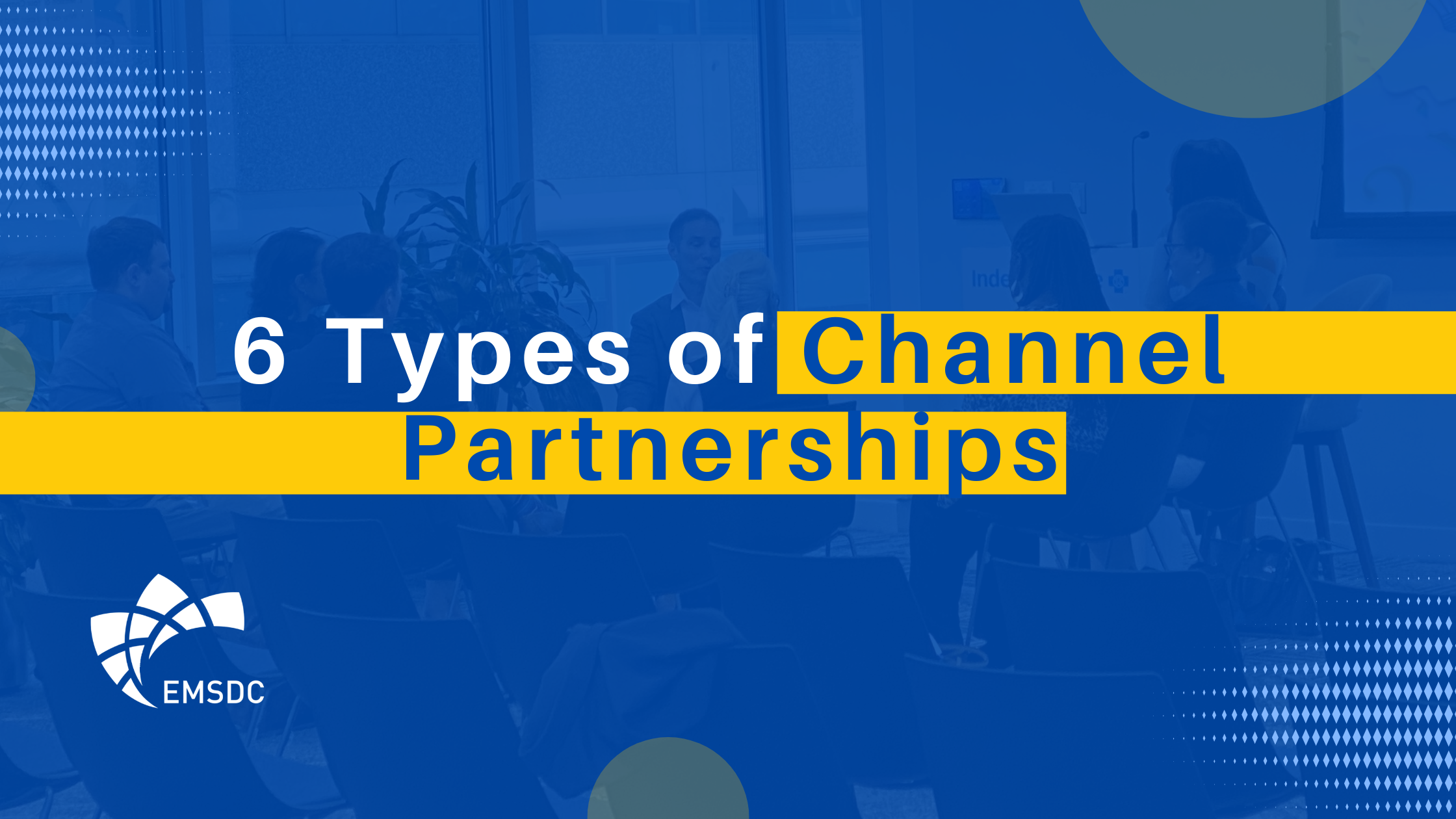
6 Types of Channel Partnerships
Forbes defines channel partnerships as “collaborative agreements in which businesses work together to promote, sell or enhance each other’s products or services.” While they are mutually beneficial, channel partnerships work differently than other strategic business relationships, “enabling companies to access new customer bases and revenue streams more efficiently than through direct expansion efforts.”
As noted by Mailchimp, channel partnerships are typically formed between a vendor/supplier and third-party organization(s) to leverage each other’s strengths. Having an understanding of the different types of channel partnerships will help you find the right ones for your business, as well as ways to maximize their unique benefits.
Channel Partnerships can include:
- Distributors: Distributors purchase your products in bulk, typically at a discount, to sell to retailers for a share of the profits. For example, American soft drink brands have worldwide networks to expand the availability of their products.
- Resellers: These channel partners resell your products through their online marketplace or brick-and-mortar locations. For example, exclusive shoe brands partner with authorized retailers to ensure authenticity.
- Value-Added Resellers: VARS are channel partners that add complementary features or services to the original product before reselling. For example, IT companies also offer hardware and software packages to clients.
- Referrals: These channel partners expand their services by referring their customers to you in exchange for a portion of the final sale. For example, major hotel chains partner with travel agencies and airlines to drive bookings.
- Affiliates: Affiliates promote your products and services on their social media channels for a fee or commission. For example, endorsements by trusted celebrities and influencers boost sales.
- Strategic Alliances: One independent company joins forces with another to create a better customer experience. For example, coffee shops located inside bookstores draw in customers for both parties.
Once you have a clear picture of the type of channel partnership(s) you are looking for, tap into your existing network to create a target list. Faster Capital suggests considering aspects such as “industry, size, location, customer base, reputation, expertise, and culture. You should also think about what value they can bring to your business, and what value you can offer them in return.”
According to LinkedIn, “One of the easiest and most effective ways to find potential channel partners is to use online platforms and directories that connect vendors and resellers. These platforms allow you to search, filter, and browse through thousands of potential partners based on your criteria.” Check out our Resources page, for example, and submit a request for an e-introduction. It’s also a good idea to attend networking events, such as those offered by EMSDC for certified and corporate members. A complete calendar can be found on our Events page.
Donate today to help us create a more dynamic supply chain in Pennsylvania, Southern New Jersey, and Delaware, and follow us on LinkedIn, Instagram, Facebook, and Threads to stay connected.
The mission of the EMSDC is to stimulate and support economic development throughout Pennsylvania, Southern New Jersey, and Delaware. As a 501(c) (3) non-profit organization and regional affiliate of the NMSDC, we certify and connect our certified member businesses with member corporations to create a more dynamic supply chain. We invite you to explore our website at emsdc.org to learn more.
